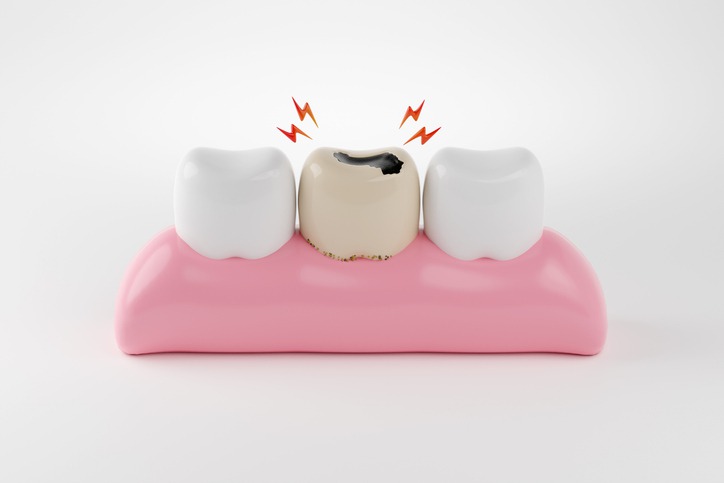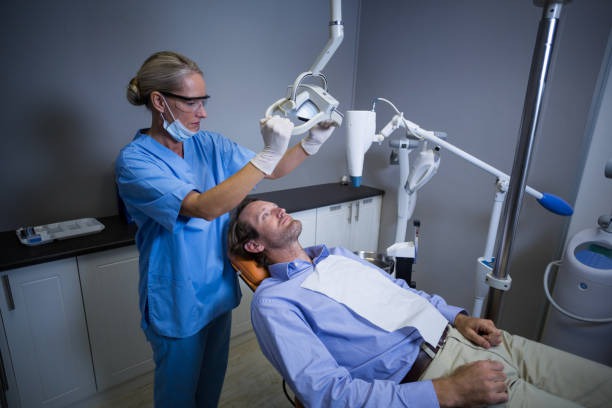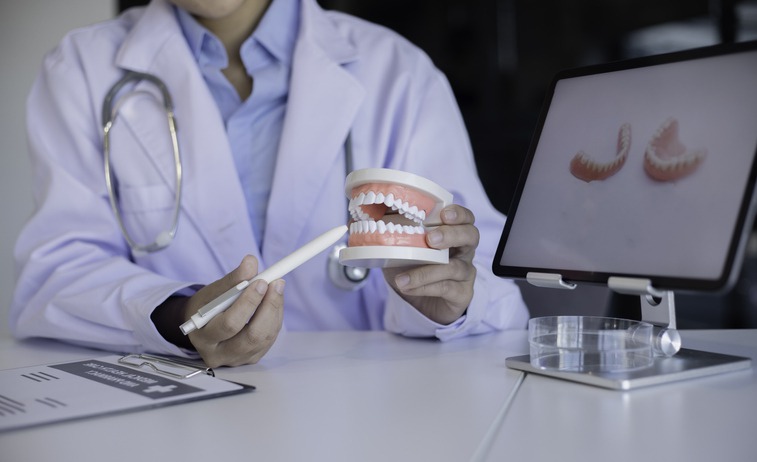
What Are the Early Signs of Tooth Decay
Tooth decay is one of the common dental issues people face. It starts subtly, making it easy to ignore until discomfort sets in, causing pain or visible damage. Knowing the early symptoms can help you seek dental care promptly, preventing more serious dental health problems.
How Can You Identify Initial Tooth Problems
Sensitivity to Hot and Cold Foods
One common early sign of decay is experiencing sudden sensitivity in your teeth, especially to extreme temperatures. People might notice a sharp pain or mild discomfort when consuming hot beverages or cold desserts. This sensitivity indicates that the enamel, which protects your teeth, is weakening or has been compromised.
Normally, healthy teeth have an outer protective layer called enamel. When decay starts, tiny holes or cracks form, exposing sensitive inner layers. If left untreated, this sensitivity increases in severity and frequency, potentially leading to more serious dental issues.
How Orthodontics Can Help
Proper oral health care consultation with an orthodontist can significantly improve dental hygiene by offering guidance regarding managing tooth spacing and alignment. Consulting Oakville orthodontic experts could provide helpful advice and treatments promoting oral health by preventing tooth decay that results from improper tooth positioning.
Orthodontic professionals can identify issues early, recommending appropriate intervention methods tailored specifically for your dental needs. Collaboration with orthodontists improves long-term dental outcomes like preserving tooth health and preventing decay onset.
Visible Stains and Spots on Teeth
Spotting new discolorations or stains on your teeth should alert you. The initial discolorations are usually chalky white spots, indicating that enamel minerals are being lost. Over time, these stains can become progressively darker and appear yellow, brown, or even black, signaling advanced decay.
Early stages of tooth decay most often appear as white spots near the gum line or on the chewing surface. Regularly inspecting your teeth and noticing these changes can facilitate proactive dental care, helping to catch and treat tooth decay at an early stage.
Persistent Bad Breath or a Bad Taste
If you start noticing persistent bad breath despite good oral hygiene, tooth decay might be the culprit. Decaying teeth develop cavities that trap particles of food and bacteria, creating an unpleasant smell. Brushing, flossing, or rinsing your mouth will temporarily freshen breath, but the odor returns unless the decay is treated.
Besides bad breath, you could experience a persistent unpleasant taste in your mouth. This taste is associated with bacterial activity within cavities, indicating ongoing decay. Early intervention is vital to prevent decay from worsening into severe cavities or infections.
Toothache and Occasional Pain
Experiencing occasional spontaneous toothaches or pain provoked by chewing can signal early tooth decay. At first, the pain may be sporadic, mild, or manageable, causing many to mistakenly dismiss it. However, repeated pain episodes or gradually increasing severity typically point to underlying tooth decay. This pain is due to bacteria breaking down the enamel, reaching deeper layers like dentin.
As the pulp and nerves in the tooth become affected, the discomfort intensifies, calling for dental intervention to alleviate the pain and prevent complications. Additionally, evaluating your overall oral health and alignment through orthodontic consultations in Brampton can help address any related issues, ensuring comprehensive care and prevention.
Visible Holes or Pitting on Teeth
With careful observation, you may notice tiny pits or holes on the surface of the tooth in the earliest stages of decay. These tiny pinholes or indentations may appear harmless, but can deepen into more significant problems. Regular dental check-ups help you identify these small cavities before they cause more extensive dental concerns.
As the decay advances, these openings get larger, affecting the structure and integrity of the affected tooth. Early dental treatment significantly decreases the necessity for complicated and costly procedures later on.
Bleeding and Inflamed Gums
Early tooth decay can cause inflammation and irritation of neighboring gum tissues, leading to swelling, tenderness, or bleeding when brushing or flossing. Healthy gums should not bleed easily and usually appear firm and pink. Persistent gum problems require immediate dental care to identify underlying tooth decay or gum disease.
Ongoing inflammation and discomfort in the gums around an affected tooth can signal that decay has made considerable progress below the gum line. Seek prompt dental care to manage decay and restore oral health effectively.
Buildup of Dental Plaque and Tartar
Plaque—a sticky film containing bacteria—can accumulate over teeth surfaces if not properly removed through regular oral hygiene. Plaque buildup initiates enamel erosion and creates an optimal environment for tooth decay development. Without adequate care, plaque hardens into tartar, significantly raising the risk for tooth decay.
Routine oral hygiene practices, including brushing and flossing regularly, effectively prevent plaque accumulation. Regular dental cleanings remove tartar buildup, potentially preventing tooth decay from progressing further.
Changes in Tooth Texture
An unusual change in the texture of tooth surfaces can also mark the onset of decay. Initially, teeth feel smooth and clean to the tongue. Decay disrupts this, eventually making teeth feel rough, gritty, or uneven due to enamel erosion. If you notice these changes, schedule a dental examination promptly. Treating tooth enamel erosion early preserves tooth structure, helping prevent the aggressiveness of decay progression.
Orthodontic specialists in Mississauga can also play a role in maintaining oral health. Misaligned teeth might contribute to uneven wear and difficulty in cleaning, potentially exacerbating enamel issues. Consulting with both your dentist and orthodontic specialist ensures comprehensive oral care.
Food Trapping Between Teeth
Teeth experiencing decay or erosion often trap food morsels and debris during meals, even with good chewing habits. After eating, food trapped between teeth provides nourishment for bacteria, which thrive and accelerate enamel erosion and decay progression. Regular flossing can help remove food trapped between teeth and reduce the likelihood of decay.
Unremoved food particles between decaying teeth can lead to infection and contribute to further decay. Ensure regular oral hygiene practices like flossing and rinsing following meals to manage food particles effectively.
Final Thoughts
Early detection and management of tooth decay prove essential in preserving oral health and preventing long-term dental issues. Recognize subtle symptoms associated with tooth decay promptly, and seek professional dental services regularly. Sustaining excellent oral hygiene practices combined with timely interventions helps maintain beautiful, healthy smiles.















































